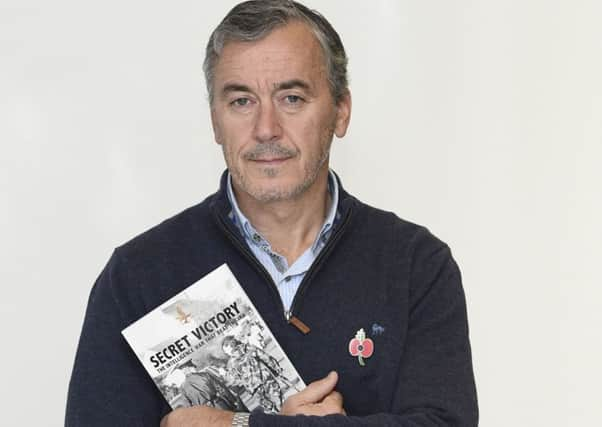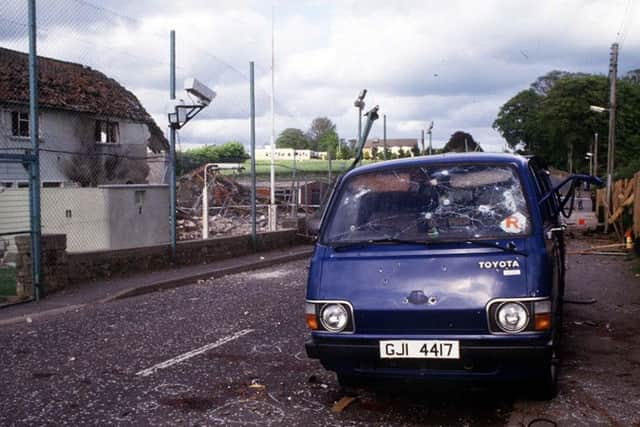Analysis - Loughgall anniversary May 8: SAS utilised to end '˜sectarian savagery'


Although a less showy intelligence attack of arrests had steadily devastated Provo extremists, the secret SAS operation captured the public’s imagination.
It marked the demise of a brutal IRA offensive and with it, the terrorist organisation’s defeat.
Advertisement
Hide AdAdvertisement
Hide AdFor the IRA, the Loughgall incident was the beginning of the end. A blue van pierced by bullet holes is an iconic image of the Troubles.


Even brilliant Provo propagandists could not hide how this sapped IRA morale.
On May 8, seasoned killers assaulted a police station in a picturesque Protestant village.
Unknown to the police beforehand, the plan involved a 400lb bomb and a gun team. This was a residential area. Collateral damage was a certainty. But the IRA gang did not care.
Advertisement
Hide AdAdvertisement
Hide AdThey were outsiders. Any stray round or blast damage would not hurt their community. This is how they thought.


The Provos were a small sect of bullies and bigots interested only in themselves.
Their sectarian savagery was not real republicanism. They were intensely unpopular.
The police officers and soldiers in and around the station showed great bravery, particularly in removing women and children from the firefight.
Advertisement
Hide AdAdvertisement
Hide AdSadly, Anthony and Oliver Hughes drive into the chaos. They were dressed like the attackers. Anthony, 36 was killed by the SAS and Oliver seriously injured. Both were innocent Catholics.
The IRA wanted to humiliate Prime Minister Thatcher and intimidate the local community by killing police and destroying the station.
It was a strategy that relied on cross-border brigades because the security policy had, essentially, neutered the IRA in the rest of the province.
This was the IRA’s final chance of a military victory and to keep the Armalite’s dominance over the ballot box.
Advertisement
Hide AdAdvertisement
Hide AdThe most flamboyant brigade and the one likely to inflict the greatest harm in Northern Ireland was East Tyrone/Monaghan.
For a decade it had played a huge part in the ethnic cleansing of vulnerable border Protestants. The signature of cross-border brigades was murder, destroy and run.
The IRA used the Republic as a safe haven. They had little fear of security in the south. The Garda and Irish Army were hamstrung by political machinations in Dublin.
Previous attacks prove the point; such as the murders of Sir Norman Stronge, 86 and his son James, 37 in Tynan (in 1981) and of community police officers William Clements, 52 and George Gilliland, 34 in Ballygawley.
Advertisement
Hide AdAdvertisement
Hide AdOn a warm May evening the IRA quickly learned that combat was not about killing the defenceless, executing prisoners or running away.
Loughgall showed that policing based on good intelligence and supported by the Army could cope with terrorist hardliners.
This was an enormous morale and confidence booster for the security forces, government and wider society.
When the firing stopped, the IRA’s most ambitious brigade was decimated. It did not recover from the setback. Neither did the IRA.
• Dr William Matchett is a senior researcher at the Edward M Kennedy Institute, and author of ‘Secret Victory: The Intelligence War that Beat the IRA.’